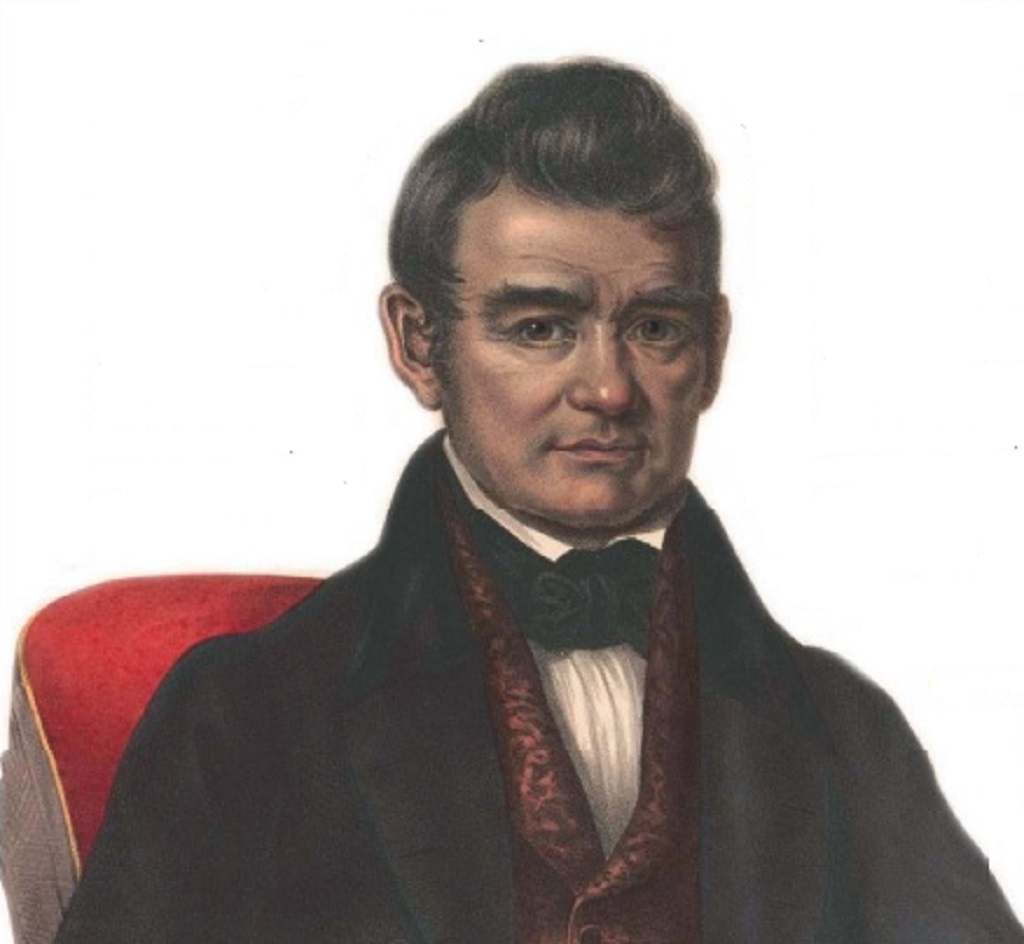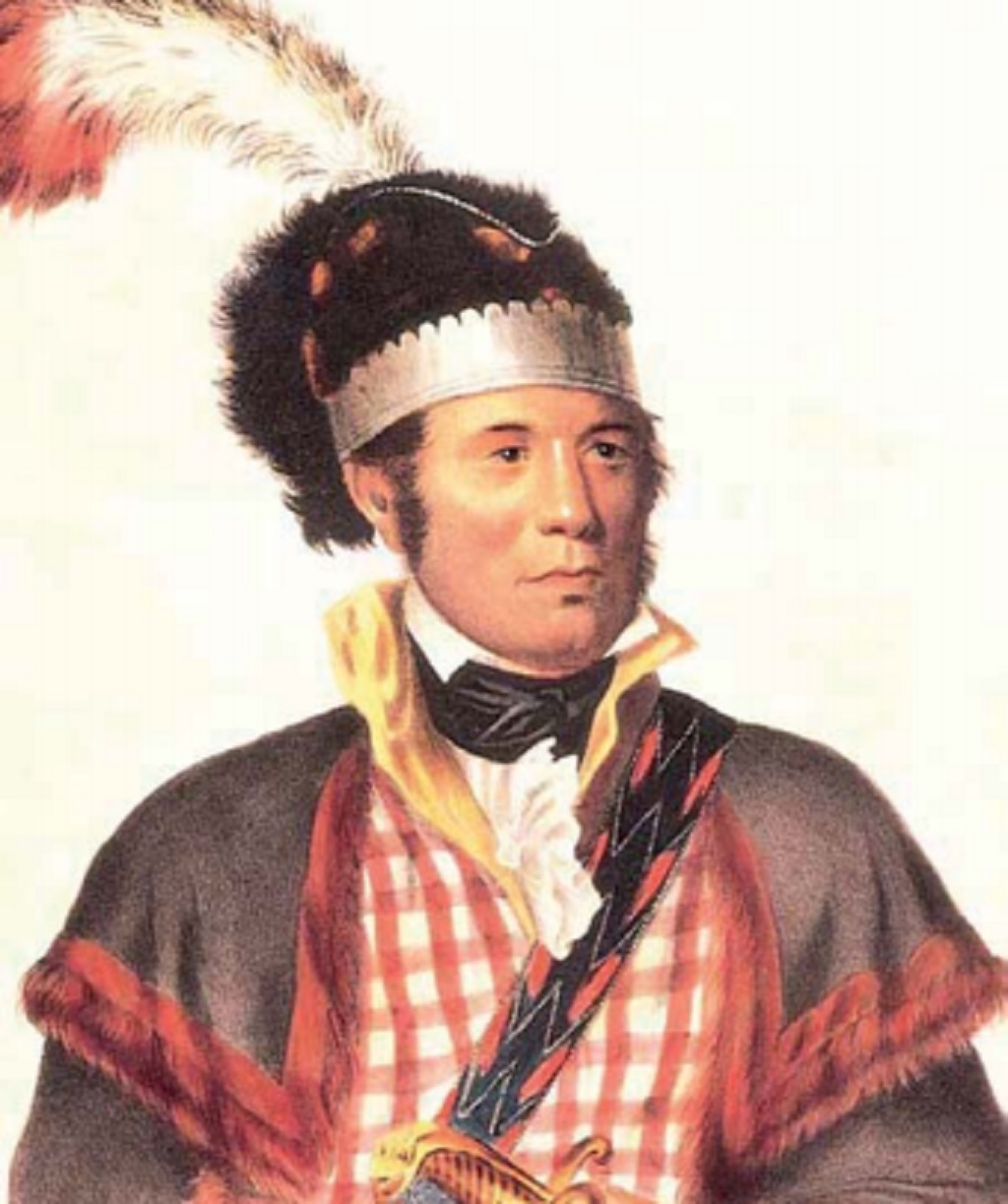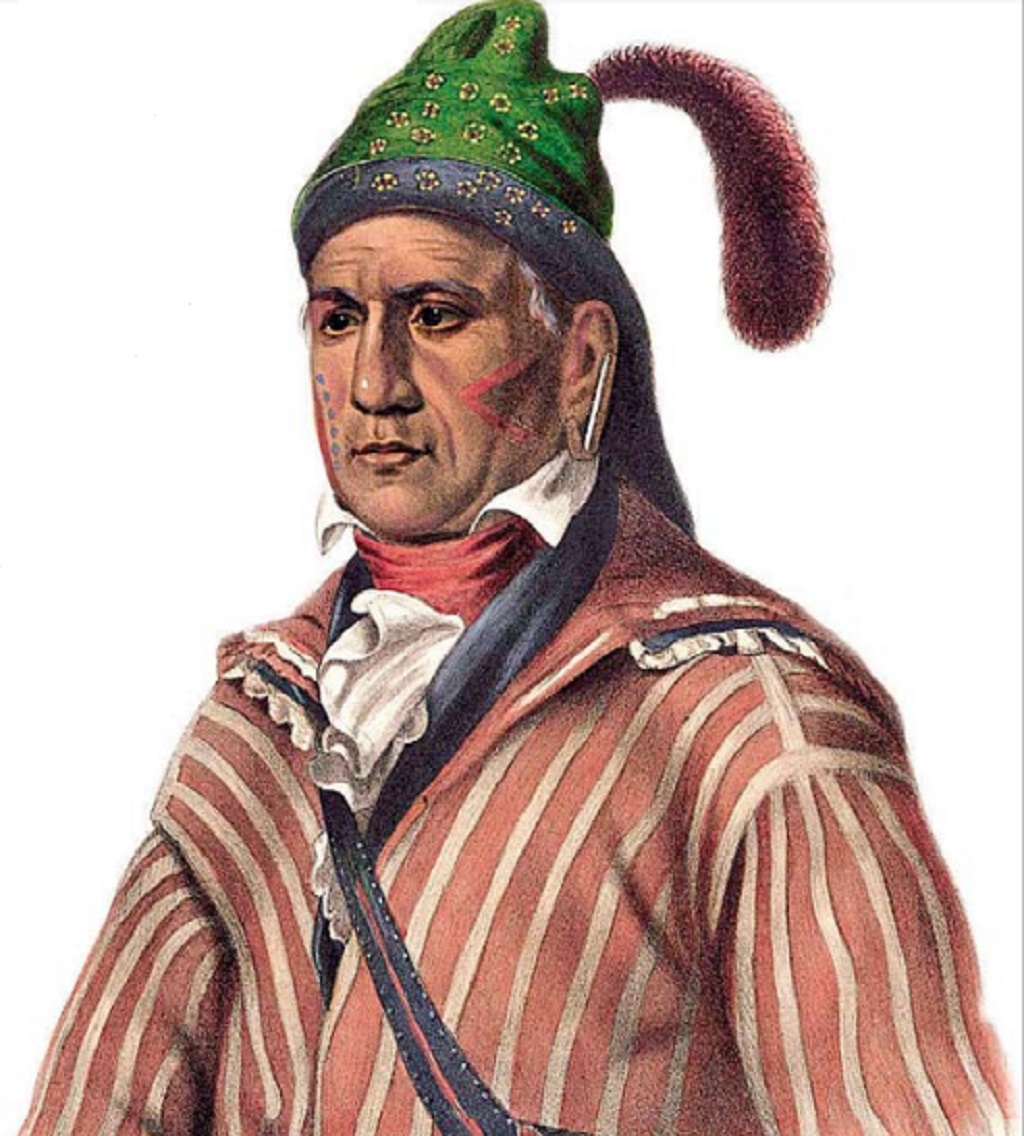
Creek and Cherokee Indian chiefs were Scottish blood brothers
In the US more than 250 years ago, Creek and Cherokee Indian chiefs were more likely to have Scottish ancestry than Native American.
Beginning some 250 years ago, there surfaced a curious phenomenon in the south-eastern United States: Indian chiefs whose ancestry was more Scottish than Native American.
Tribes such as the Creek and Cherokee were matrilineal, so property and social status were passed through the maternal line. Your father could be Scottish, Greek or Norwegian, but if your mother belonged to a high-ranking Creek family, you were a high-ranking Creek and stood a fair chance of one day becoming a chief.
Many tribal fathers, instead of being squeamish about surrendering their daughters to the intruding white man, encouraged alliances, which they saw as a way to make connections and increase the tribe’s wealth.
Because of this prevailing attitude, many tribal daughters – who themselves often were of mixed European background – would seek a white husband, and have children who, at least genetically, were more European than Indian.
One example was John Ross, also known as Little White Bird, who ultimately became the leading chief of Cherokee Nation. His ancestry was 7/8 Scottish – born in current-day Alabama in 1790, his father, Daniel Ross, was a Scottish trader while his mother, Mollie Ross (née McDonald), was just one-quarter Cherokee and herself the daughter of a Scottish immigrant.

John Ross, a.k.a. Little White Bird, was the leading Cherokee negotiator in Washington, DC
John Ross would work as the leading Cherokee negotiator in Washington, D.C. He was competent at his job, but American expansion was underway and there was only so much a Cherokee could negotiate.
The 1830 Indian Removal Act mandated that the Cherokee, among other tribes, surrender their traditional land and head to Oklahoma Territory. Knowing he could never surmount the US government, Ross surrendered more than 100,000 square km of ancestral land, and led his people on their enforced journey westward. The path they took became known as the ‘Trail of Tears’ as it claimed the lives of an estimated 20-25% of the Cherokee travellers.
During the American Civil War, the Cherokee fought on the side of the Confederates and suffered further defeat from the US government. Shortly after the war’s end, Ross died in Washington, D.C. on yet another negotiation visit. By that time, he had become known as the ‘Cherokee Moses’.
Though the ‘Cherokee Moses’ was primarily Scottish, it was another tribe, the Creek, who had more incidences of Scottish-Indian chiefs. One early Scottish-Creek chief was Alexander McGillivray, a.k.a. ‘Hoboi-Hili-Miko’, who was born in current-day Alabama in 1750. His father, Lachlan McGillivray, was a prosperous fur trader who likely immigrated to America in the late 1730s, according to Edward J. Cashin’s book Lachlan McGillivray, Indian Trader.
Alexander McGillivray attended school in Charleston, South Carolina, before returning to his Creek tribe and acquiring some serious power. Estimates range that, at the height of his glory, McGillivray had somewhere approaching 10,000 Creek warriors under his command.
Among McGillivray’s goals was to establish a centralised tribal leadership and reinforce a national Creek identity. A main threat to this identity was that some factions of the tribe wanted to adopt the white man’s customs.
Other factions, however, wanted to protect their native way of life against white encroachment.Some two decades after McGillivray’s tenure as chief ended, the tensions would reach such a point that war broke out.

Chief William McIntosh met a bloody end when his home was set alight by fellow Creek warriors
War can be a nasty, divisive thing, and in this case it pitted Scottish-Indian chief against Scottish-Indian chief: William Weatherford, the son of a Scottish trader, fought against William McIntosh, the son of a Scottish naval captain.
Chief Weatherford represented the traditionalist Creek Indians who were hostile to the white takeover of their territory. Chief McIntosh represented the Creek Indians who had begun to embrace white culture.
The resulting Creek War led to particular brutality during the August 1813 massacre at Fort Mims (in current-day Alabama). Chief William Weatherford was held largely culpable for this event, in which several hundred people were slaughtered. Many of the victims were white, and a large portion consisted of women and children; this was not a good way to make friends with the US government.
Chief Weatherford turned himself in to the authorities. To the surprise of some, his life was spared, but only under the condition that he use his influence to negotiate a peace treaty. Weatherford adhered to the terms.
Retiring from his days of battle, he lived out his remaining years as a planter. Weatherford’s adversary, Chief William McIntosh, would not meet such a quiet end. He literally came under fi re for relinquishing Creek territories to the US government in exchange for financial compensation.
Debate has long raged over McIntosh’s motives and the amount of personal gain he sought. One could argue that, since US expansion was inevitable, he might as well have tried to obtain some fi nancial benefit for himself (and, presumably, his fellow Creek as well).
However much McIntosh did gain, he was not able to enjoy it for long. Many of the Indians whose land he relinquished were indignant; it was decided that he must pay with his life. Interestingly, McIntosh himself had backed a Creek law that demanded the execution of any Creek chief who surrendered land to the US government without the permission of Creek nation.

Menawa, who orchestrated the attack, was also a Scottish-Indian chief
As McIntosh must have expected, Creek warriors were sent to terminate him. George Chapman’s book, Chief William McIntosh, tells how these warriors, ‘had been instructed to kill the chief according to Creek custom – on the offender’s property, in the presence of his family’. Upon reaching McIntosh’s residence, the warriors set bundles of firewood around its perimeter and lit the wood ablaze.
McIntosh, to his credit, made a stand. As flames engulfed his home, he fi red every last bullet from any gun he could fi nd. But he was hopelessly overmatched, and several bullets tore through him. After he collapsed on his front steps, he was dragged into his yard, mortally stuck in the chest with a dagger, and then gleefully scalped.
Ironically, the leading perpetrator of this incident was another Scottish Indian chief known as ‘Menawa’. He, too, was the product of a union between a Creek woman and a Scottish trader. He was known as ‘the crazy war hunter’, owing to his marauding triumphs, according to Thomas L. McKenney’s History of the Tribes of North America.
Menawa, who apparently never adopted a European name, became a leader of the Upper Creeks, who resisted assimilation into the European culture and fought against white encroachment on their land.
But it was the Creek who ultimately were evicted.
While journeying with his fellow Creek toward the newly-designated ‘Indian Territory’, Menawa, then aged 70, died. He was buried in an unmarked grave – somewhere between native Creek land and the new land where they were forced to relocate. A whole culture was on the way out, and the Scottish-Indian chief had become an endangered species.
TAGS

